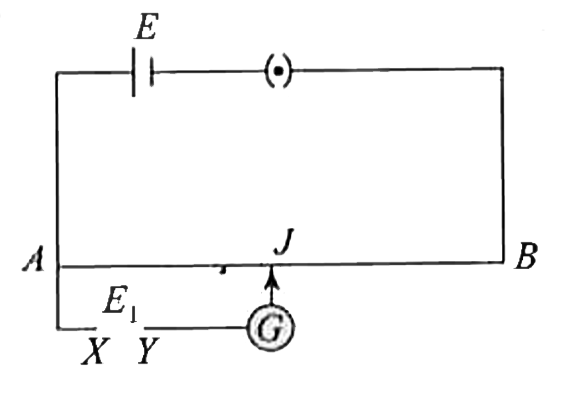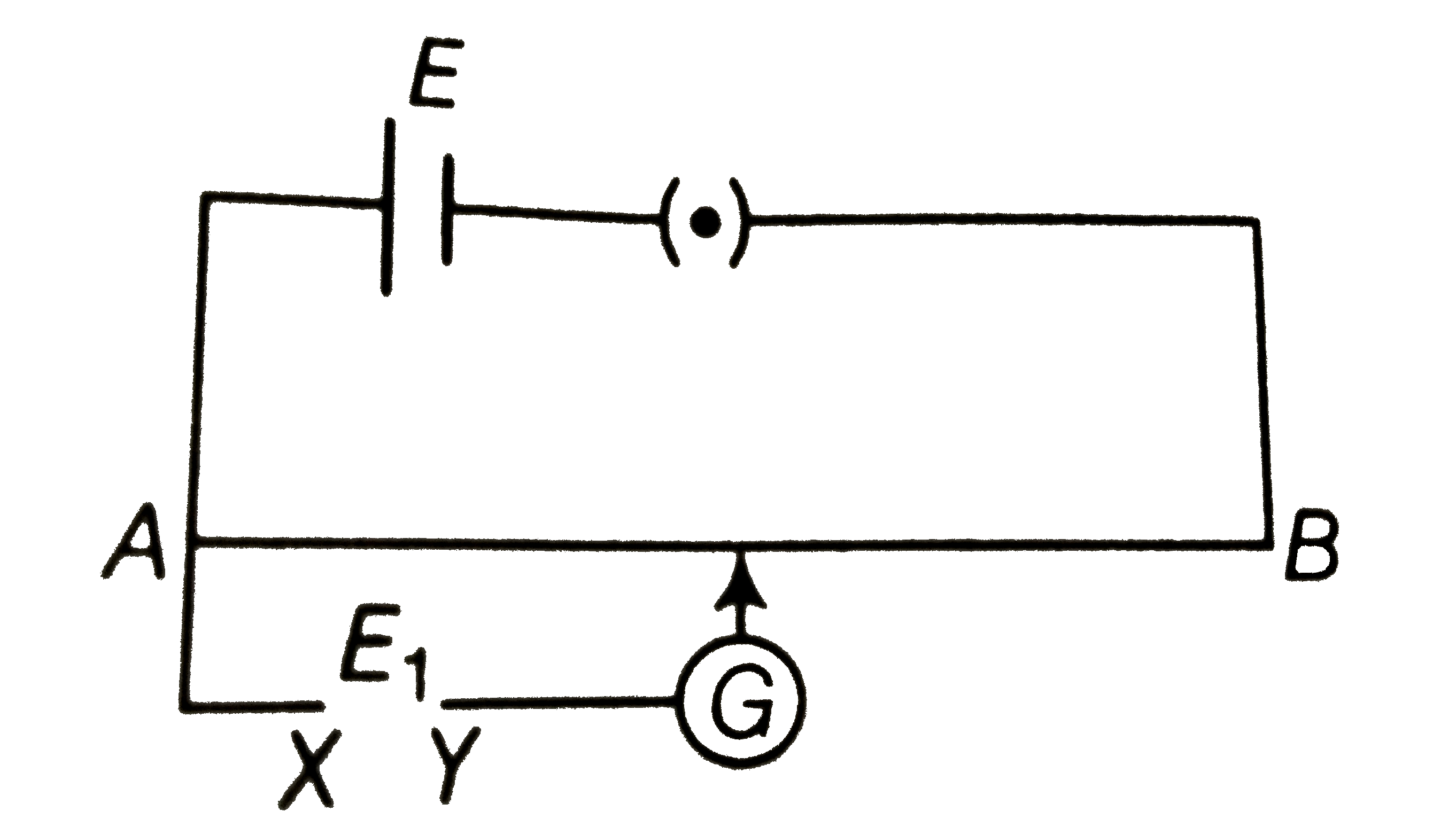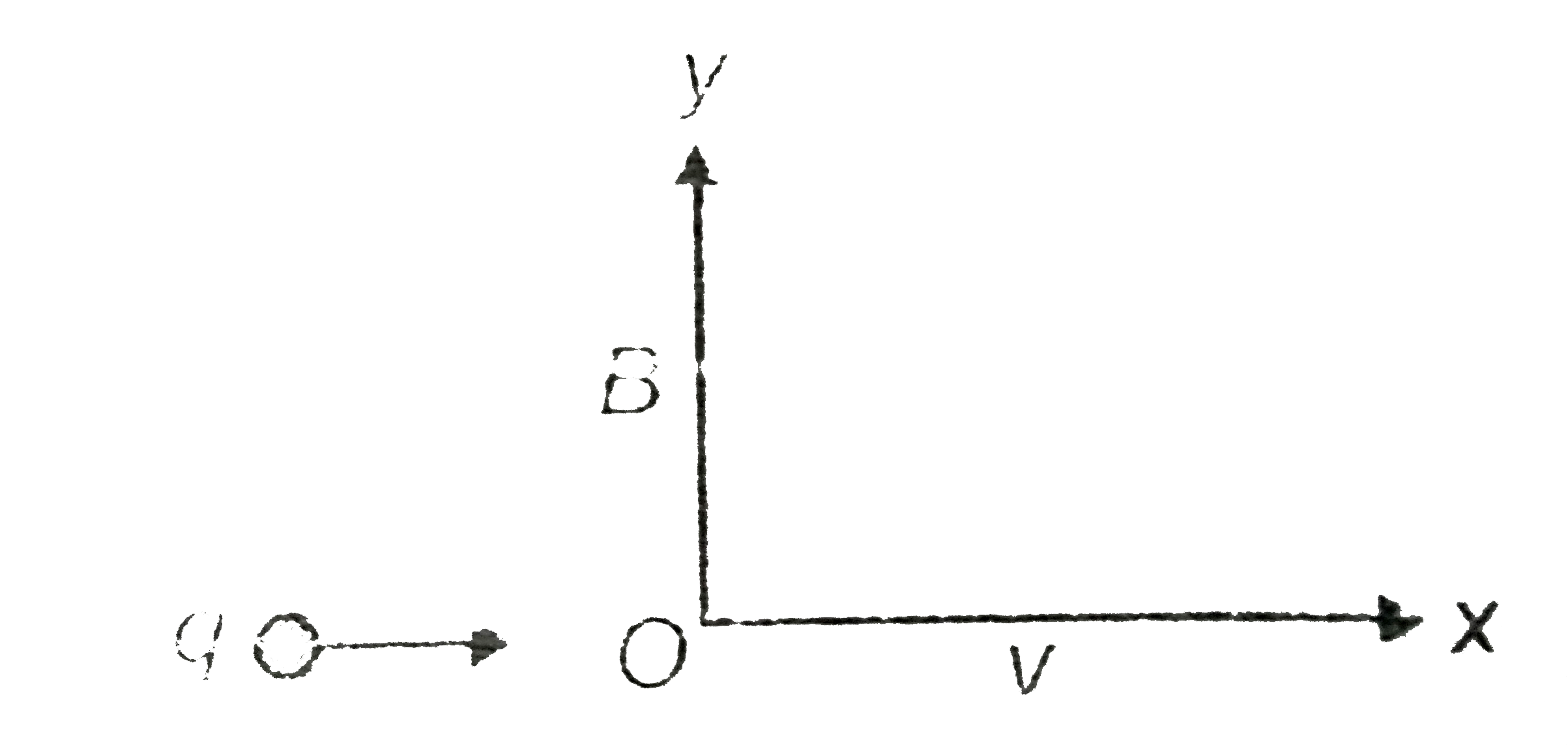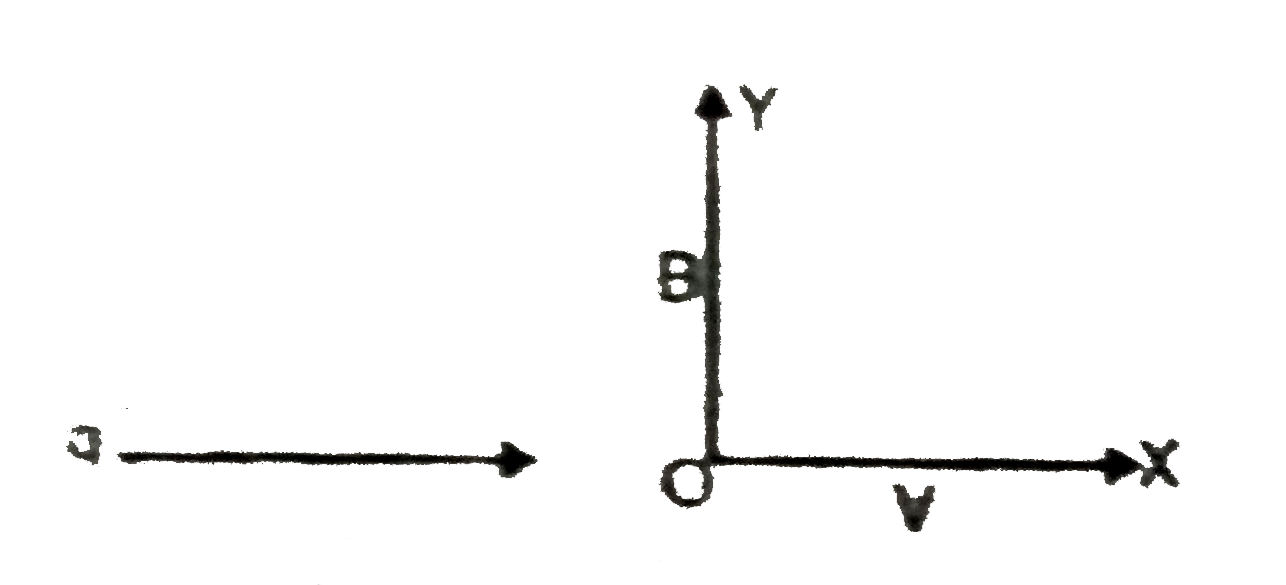While doing an experiment with potentiometer (see figure) it was found that the deflection is one sided and (i) the deflection decreased while moving from one and A of the wire, to the end R, (ii) the deflection increased, while the jockey was moved towards the end D.
(a)Which terminal positive and negative of the cell E1 is connected at X in case (i) and how is E1 related to E ?
(b)Which terminal of the cell E1 is connected at X in case (i in a) ?

The correct Answer is:NA
Topper's Solved these Questions
- ELECTRICAL MEASURING INSTRUMENTSBOOK - CENGAGE PHYSICSCHAPTER - ELECTRICAL MEASURING INSTRUMENTSEXERCISE - Single Correct
94 Videos
- ELECTRICAL MEASURING INSTRUMENTSBOOK - CENGAGE PHYSICSCHAPTER - ELECTRICAL MEASURING INSTRUMENTSEXERCISE - Multiple Correct
7 Videos
- ELECTRICAL MEASURING INSTRUMENTSBOOK - CENGAGE PHYSICSCHAPTER - ELECTRICAL MEASURING INSTRUMENTSEXERCISE - Exercise 6.1
15 Videos
- ELECTRIC POTENTIALBOOK - CENGAGE PHYSICSCHAPTER - ELECTRIC POTENTIALEXERCISE - DPP 3.5
14 Videos
- ELECTROMAGENTIC INDUCTIONBOOK - CENGAGE PHYSICSCHAPTER - ELECTROMAGENTIC INDUCTIONEXERCISE - QUESTION BANK
40 Videos
Similar Questions

While doing an experiment with potentiometer (figure) it was found that the deflection is one sided and (i) the deflection decreased while moving from one and A of the wire, to the end R, (ii) the deflection increased, while the jockey was moved towards the end D.
(i). Which terminal positive or negative of the cell E1 is connected at X in case (i) and how is E1, related to E?
(ii). Which terminal of the cell E1 is connected at X in case (1 in 1)?
View Solution
While doing an experiment with potentiometer (figure) it was found that the deflection is one sided and (i) the deflection decreased while moving from one and A of the wire, to the end R, (ii) the deflection increased, while the jockey was moved towards the end D.
(i). Which terminal positive or negative of the cell E1 is connected at X in case (i) and how is E1, related to E?
(ii). Which terminal of the cell E1 is connected at X in case (1 in 1)?
View Solution
Knowledge Check
The deflection in moving coil galvanometer is
Adirectly proportional to the torsional constantBinversely proportional to the area of the coilCinversely proportional to the currentDdirectly proportional to the number of turns in the coilThe deflection in a moving coil galvanometer is
ADirectly proportional to the torsional constantBDirectily proportional to the number of torsional coilCInversty proportional to the area of coilDInversely proportional to the current flowingStatement I : Potentiometer is based on wheatstone bridge.
Statement II : Potentiometer is based on zero deflection method.AIf both Statement- I and Statement- II are true, and Statement - II is the correct explanation of Statement– I.BIf both Statement - I and Statement - II are true but Statement - II is not the correct explanation of Statement – I.CIf Statement - I is true but Statement - II is false.DIf Statement - I is false but Statement - II is true.
The deflection in a moving coil galvanometer is
View SolutionThe deflection in a moving coil galvanometer is
View SolutionIf a positively charged particle is moving as shown in the figure, then it will get deflected due to magnetic field towards

View SolutionIf a positively charged particle is moving as shown in the figure, then it will get deflected due to magnetic field towards

View SolutionIf a positively charged particle is moving as shown in the figure, then it will be deflected due to magnetic field towards-

View Solution
